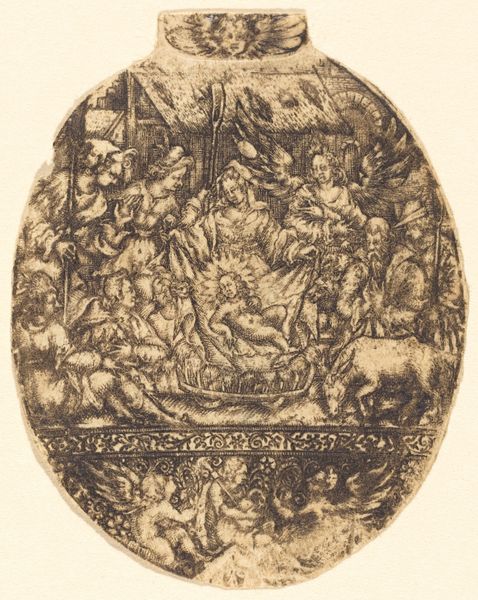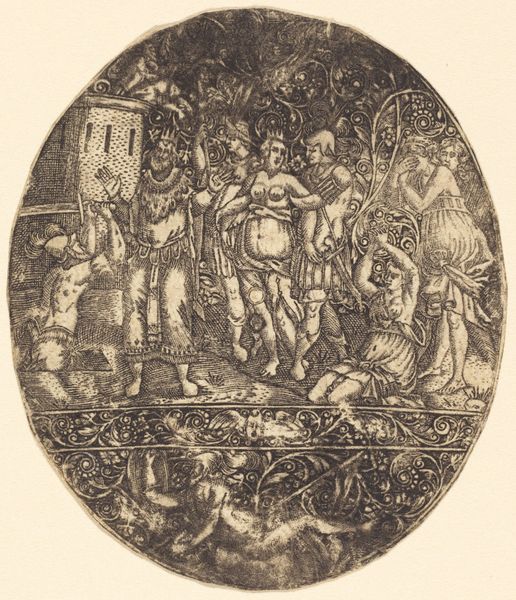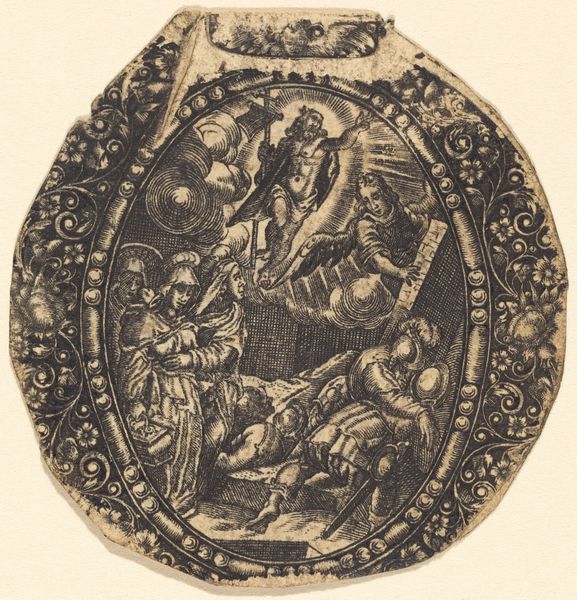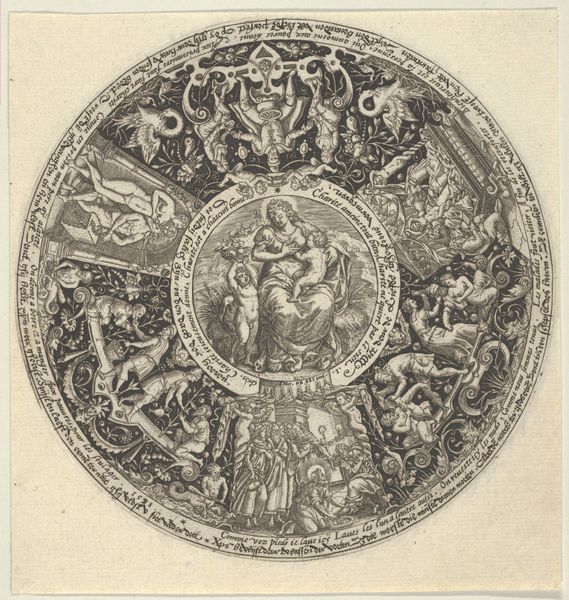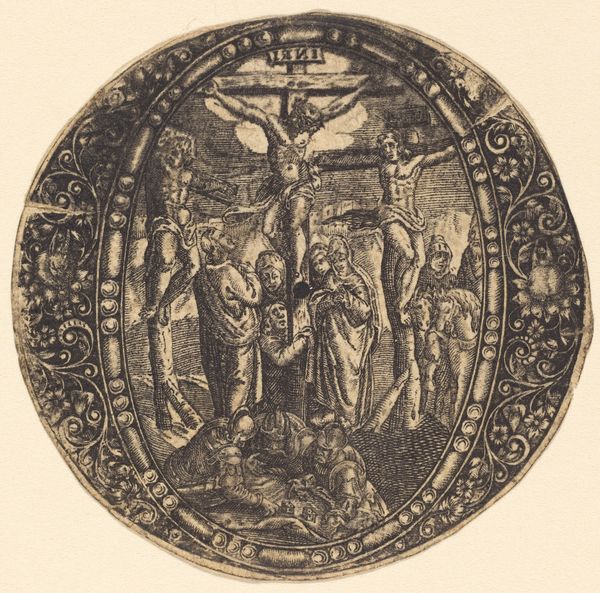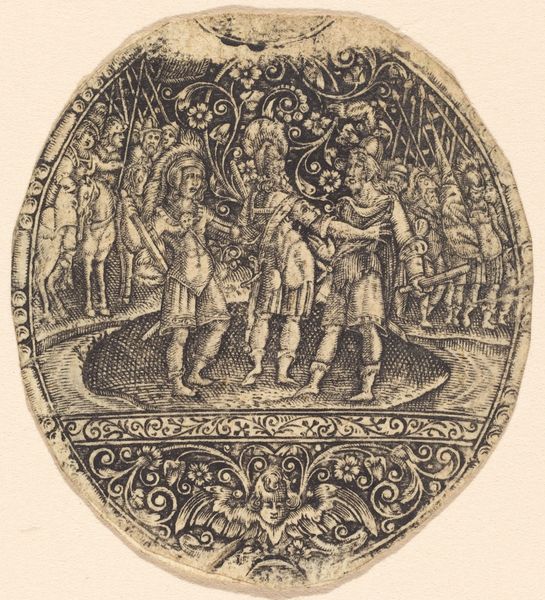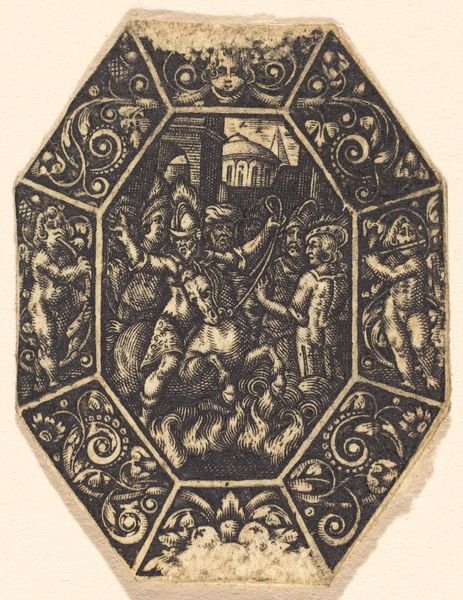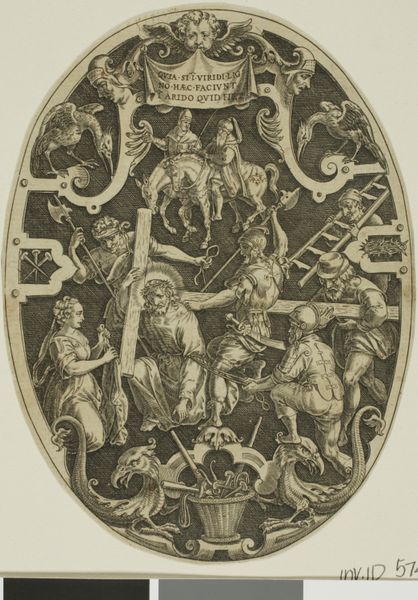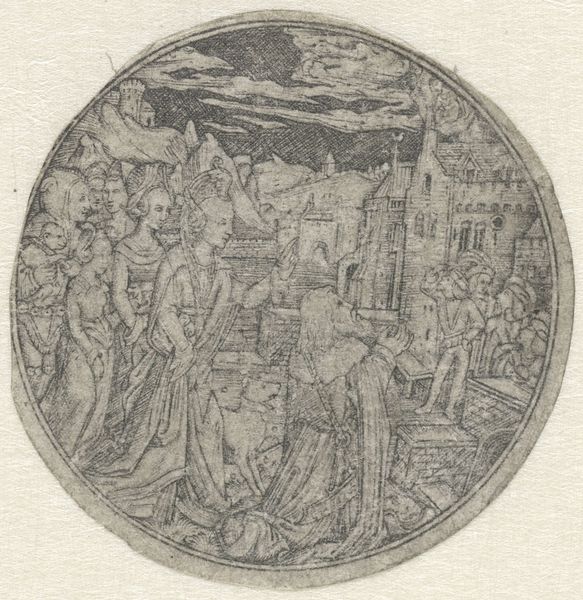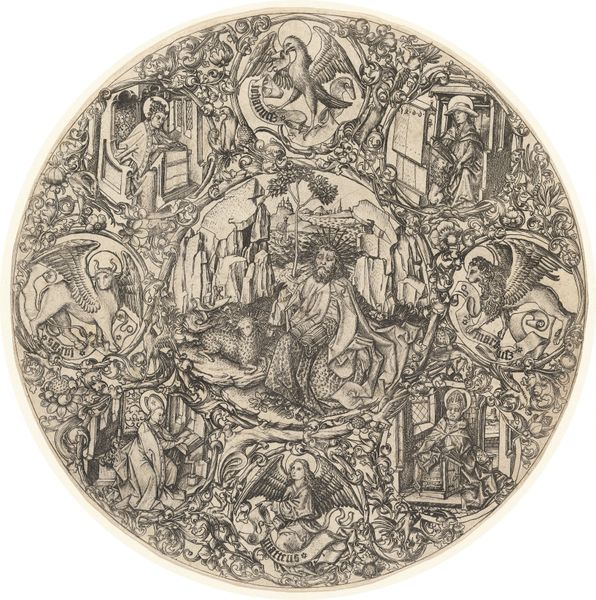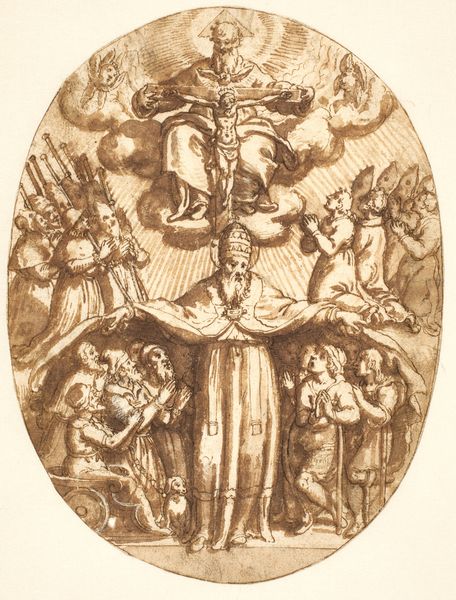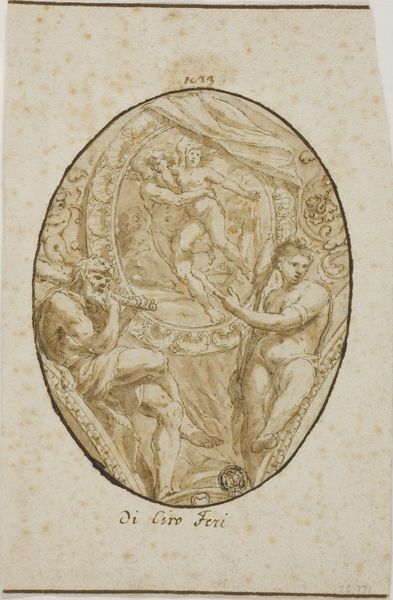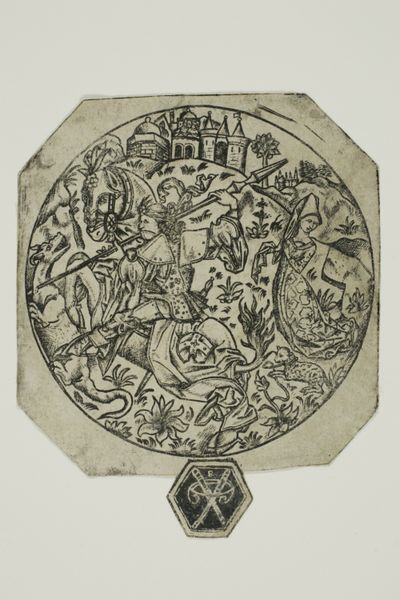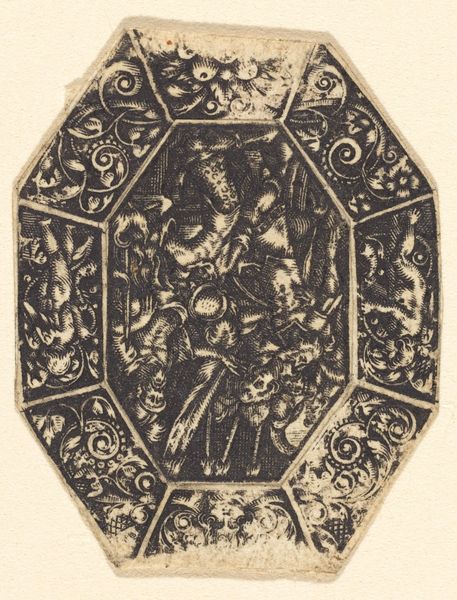
print, engraving
# print
#
greek-and-roman-art
#
figuration
#
line
#
history-painting
#
engraving
Copyright: National Gallery of Art: CC0 1.0
Antoine Jacquard's "Siege of Troy" depicts a pivotal, mythical moment rendered during a time of significant social stratification. Jacquard, working in the 17th century, creates a scene brimming with violence and struggle, yet it is also a stage for examining ideas about power, masculinity, and the ‘heroic’. The siege, pulled from Homer's epic, becomes a lens through which we can view the gendered and racial dimensions of conflict. Notice the almost theatrical posing of the male figures, embodying ideals of strength, and courage, while women remain in the backdrop, their voices unheard. The historical context is key. In Jacquard's Europe, society was rigidly structured, so his retelling isn't just about ancient battles; it reflects contemporary power dynamics. The bodies, locked in combat, express a dance of dominance, mirroring the socio-political tensions of his era. Jacquard invites us to consider who gets to be a hero, who is condemned to the margins, and whose stories get told and remembered.
Comments
No comments
Be the first to comment and join the conversation on the ultimate creative platform.
